31.
What is the study of the Earth's physical structure and the processes that shape it?
Explanation:
32.
Which type of rock is formed from the cooling and solidification of molten magma or lava?
Explanation:
33.
What is the term for the process by which rocks are broken down into smaller particles due to physical and chemical processes?
Explanation:
34.
What type of rock results from the alteration of existing rocks through heat and pressure?
Explanation:
35.
Which type of boundary is characterized by tectonic plates moving apart from each other?
Explanation:
36.
What is the term for the boundary between two tectonic plates that move toward each other and often result in the formation of mountain ranges?
Explanation:
37.
What is the name for a fracture in the Earth's crust along which rocks on either side have moved relative to each other?
Explanation:
38.
Which process is responsible for the creation of soil and landforms through the deposition of windblown sediments?
Explanation:
39.
What is the term for the study of Earth's past and the history of life on Earth as recorded in rocks and fossils?
Explanation:
40.
Which mineral is commonly used as a diagnostic tool to identify minerals based on their scratch resistance?
.png)

